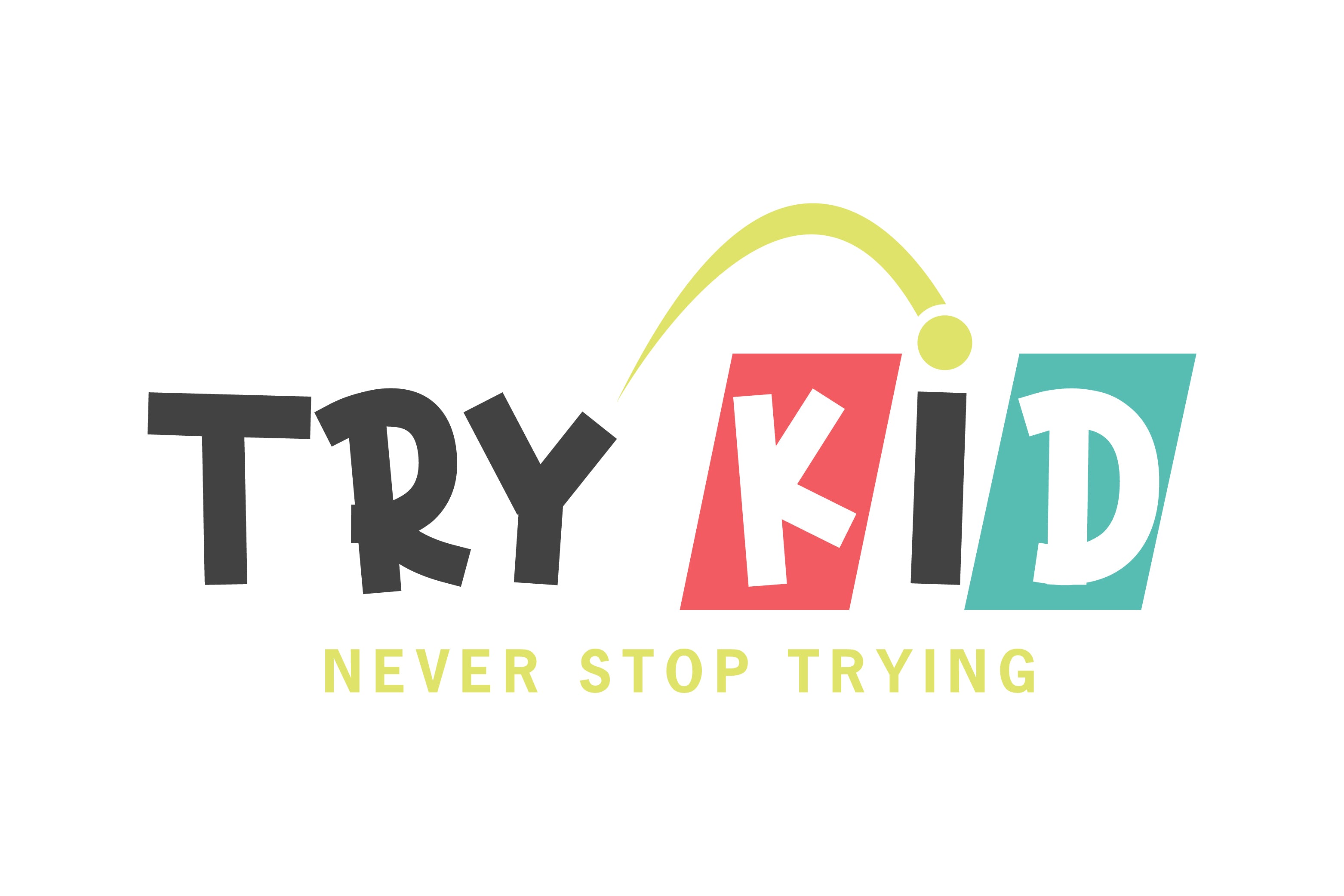Reading is an essential skill that opens the door to a world of knowledge and creativity for children. For early readers, finding the right tools to make reading engaging and enjoyable is crucial. Enter interactive storybooks, a modern solution that combines storytelling with interactive features to captivate young minds.
This article explores the benefits of interactive storybooks, how they enhance early reading skills, and tips for choosing the best ones for your little learners.
What Are Interactive Storybooks?
Interactive storybooks are digital or physical books that include interactive elements like touch, sound, animation, and activities. These features encourage children to engage with the story actively, enhancing comprehension and making reading a more enjoyable experience.
Whether accessed through apps, tablets, or as augmented reality books, interactive storybooks offer a multi-sensory reading experience that helps young readers connect with the story in meaningful ways.
Benefits of Interactive Storybooks for Early Readers
Encourages Active Participation
Interactive storybooks engage children by allowing them to touch, swipe, or even speak to interact with the story. This active participation keeps them focused and makes reading more exciting than traditional books.
Builds Vocabulary and Language Skills
These storybooks often include features like word highlighting, narration, and pronunciation guides. These tools help children learn new words, improve pronunciation, and understand sentence structure.
Improves Reading Comprehension
With interactive elements such as quizzes, puzzles, and prompts, children are encouraged to think critically about the story. This enhances their ability to understand and retain information.
Boosts Creativity and Imagination
The interactive features in these books often allow children to make choices or explore alternate story paths. This stimulates their creativity and helps them think outside the box.
Supports Diverse Learning Styles
Every child learns differently. Interactive storybooks cater to visual, auditory, and kinesthetic learners by combining text, audio, images, and touch-based activities.
Fosters a Love for Reading
By making reading an interactive and fun experience, these storybooks help instill a lifelong love of books and learning in children.
Features to Look for in the Best Interactive Storybooks
Age-Appropriate Content
Choose storybooks designed for your child's age group. Early readers need simple language, engaging visuals, and relatable themes.
Educational Value
Look for books that include vocabulary-building exercises, comprehension questions, or phonics activities.
High-Quality Narration
If the storybook includes audio, ensure the narration is clear and expressive to keep your child engaged.
Interactive Features
Opt for storybooks that offer a variety of interactive elements like touch, animation, or augmented reality to keep your child interested.
Positive Themes
Early readers benefit from stories that promote kindness, teamwork, and problem-solving. Positive themes help develop emotional intelligence and social skills.
Top Interactive Storybooks for Early Readers
Dr. Seuss’s ABC: An Amazing Alphabet Book!
This interactive app version of the classic book introduces letters and sounds through fun animations and touch-based activities.
Endless Alphabet
This app combines adorable monsters with engaging puzzles to help kids learn new words and their meanings.
The Monster at the End of This Book
Starring Sesame Street's Grover, this interactive storybook keeps kids laughing while teaching them how to follow along with text and narration.
Peek-a-Zoo
Ideal for younger readers, this book features interactive animal characters that help children identify emotions, actions, and sounds.
Goodnight Moon
This digital adaptation of the beloved bedtime story includes interactive elements that bring the charming illustrations to life.
Tips for Using Interactive Storybooks Effectively
Set Aside Dedicated Reading Time
Create a routine for reading interactive storybooks to help children develop a consistent reading habit.
Participate with Your Child
Engage with your child by reading along, asking questions, and exploring the book’s interactive features together.
Limit Screen Time
While interactive storybooks are beneficial, balance their use with traditional books and other screen-free activities.
Encourage Exploration
Allow children to navigate the interactive elements independently to foster curiosity and self-learning.
FAQs About Interactive Storybooks for Early Readers
Are interactive storybooks better than traditional books?
Both have unique benefits. Traditional books foster imagination, while interactive storybooks add engagement and multisensory learning opportunities.
Can interactive storybooks help struggling readers?
Yes, features like word highlighting, audio narration, and comprehension prompts make reading easier and more enjoyable for struggling readers.
Do interactive storybooks require an internet connection?
A: Some storybooks need internet access for downloads or updates, while others work offline once downloaded.
Are interactive storybooks suitable for all age groups?
Interactive storybooks are available for various age groups. For early readers, choose books designed for ages 3–7.
Why Interactive Storybooks Are a Must-Have for Early Readers
Interactive storybooks combine the timeless joy of storytelling with modern technology, creating an engaging, educational, and fun experience for young learners. They not only help children build critical reading skills but also ignite a passion for books and learning that lasts a lifetime.
By choosing age-appropriate, high-quality interactive storybooks, parents and educators can empower early readers to achieve academic success while nurturing their imagination and creativity.
So why wait? Explore the exciting world of interactive storybooks today and give your child the gift of a lifetime—the love of reading.














